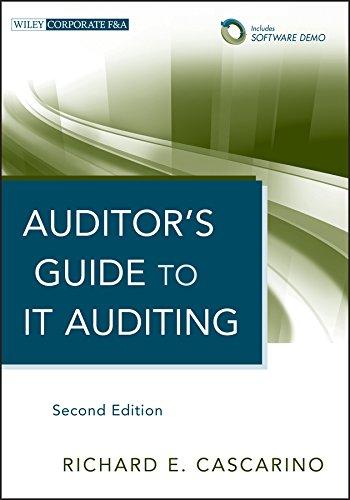Question
Bauer Industries is an automobile manufacturer. Management is currently evaluating a proposal to build a plant that will manufacture lightweight trucks. Bauer plans to use
Bauer Industries is an automobile manufacturer. Management is currently evaluating a proposal to build a plant that will manufacture lightweight trucks. Bauer plans to use a cost of capital of 12% to evaluate this project. Based on extensive research, it has prepared the following incremental free cash flow projections (in millions of dollars): Year 0 Years 1-9 Year 10 Revenues 100.0 100.0 Manufacturing expenses (other than depreciation) 35.0 35.0 Marketing expenses 10.0 10.0 Depreciation 15.0 15.0 = EBIT 40 40 Taxes (35%) -14.0 -14.0 = Unlevered Net income 26 26 + Depreciation 15 15 Increases in Net Working Capital 5 5 Capital expenditures 150.0 + Continuation Value 12 = Free Cash Flow -150.0 36 48 a) For this base-case scenario, what is the NPV of the plant to manufacture lightweight trucks? b) Based on input from the marketing department, Bauer is uncertain about its revenue forecast. In particular, management would like to examine the sensitivity of the NPV to the revenue assumptions. What is the NPV of this project if revenues are 10% higher than forecast? What is the NPV if revenues are 10% lower than forecast? c) Rather than assuming that cash flows for this project are constant, management would like to explore the sensitivity of its analysis to possible growth in revenues and operating expenses. Specifically, management would like to assume that revenues, manufacturing expenses, and marketing expenses are as given in the table for year 1 and grow by 2% per year every year starting in year 2. Management also plans to assume that the initial capital expenditures (and therefore depreciation), additions to working capital, and continuation value remain as initially specified in the table. What is the NPV of this project under these alternative assumptions? How does the NPV change if the revenues and operating expenses grow by 5% per year rather than by 2%
Step by Step Solution
There are 3 Steps involved in it
Step: 1

Get Instant Access to Expert-Tailored Solutions
See step-by-step solutions with expert insights and AI powered tools for academic success
Step: 2

Step: 3

Ace Your Homework with AI
Get the answers you need in no time with our AI-driven, step-by-step assistance
Get Started


